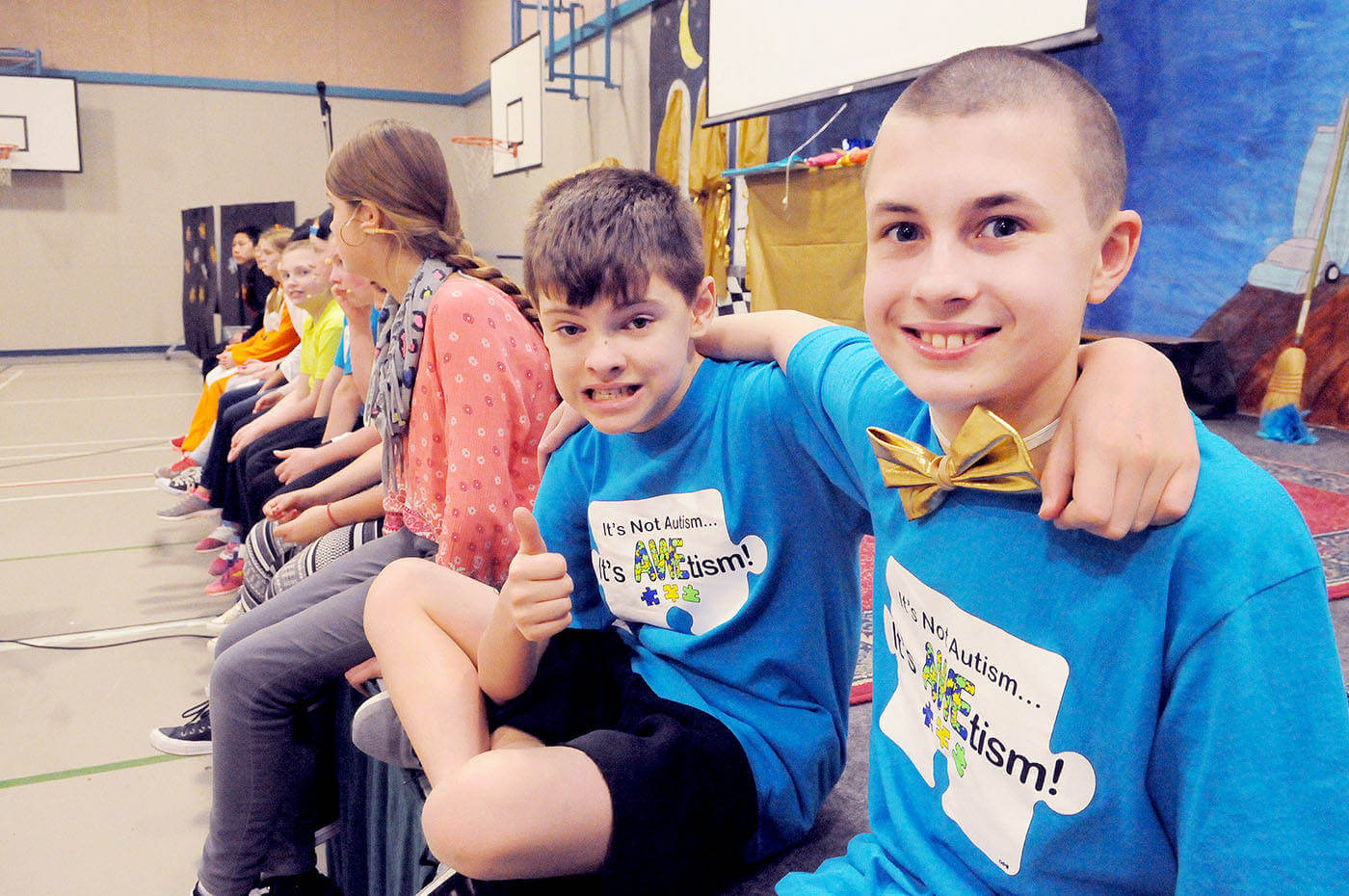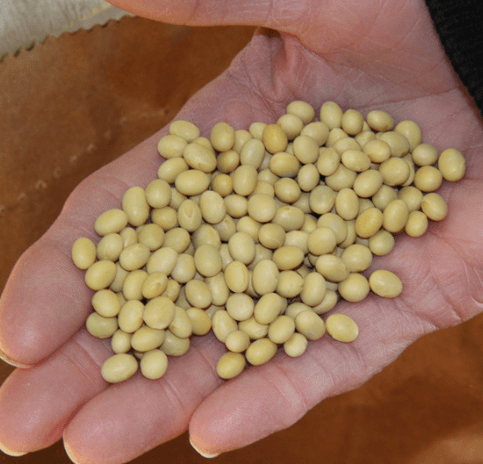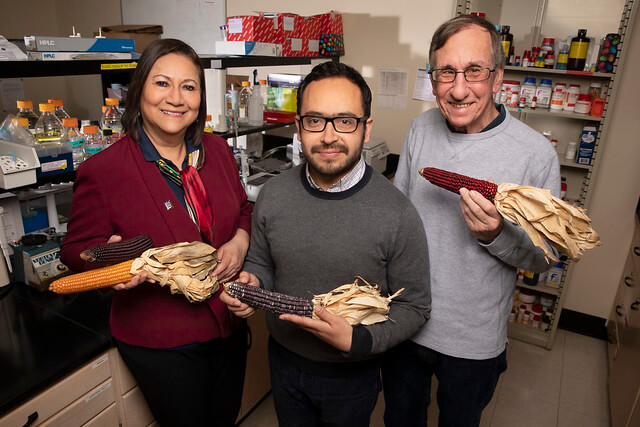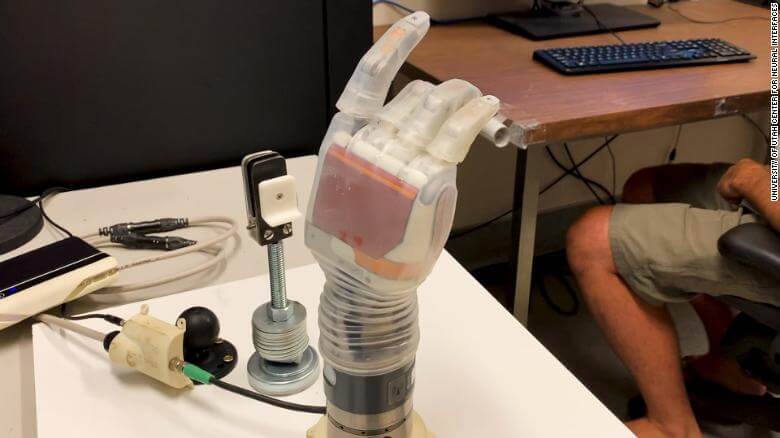“Improve a mechanical device and you may double productivity, but improve man and you gain a thousand fold.”
That’s what the character Khan Noonien Singh remarked on the original
Star Trek episode
Space Seed. Portrayed brilliantly by the late Ricardo Montalbán, Khan was the leader of a group of enhanced humans created through eugenics.
From the demigods of Greek mythology to the superheroes of 20th century comic books, we’ve been intrigued by the idea of human enhancement for quite a while, but we’ve also worried about negative consequences. Both in the Greek myths and modern comics and television, each enhanced human has been flawed in some way.
In the area of lifespan enhancement, for instance, Tithonus, though granted eternal life, shrunk and shriveled into a grasshopper, because his immortal girlfriend Eos, forgot to ask Zeus to give him eternal youth. Achilles, while super strong and agile, had a weak spot at the back of his heal, and Superman would lose his power if exposed to “kryptonite”. As for Khan’s people, their physical superiority, both physical and mental, made them overly ambitious, causing a third world war that nearly destroyed humanity in the Star Trek backstory.
 Using genetic modification, nanotechnology, bionics, reconstructive surgery, hormones, drugs or any combination of these approaches, real-life human enhancement is looking ever more achievable. As with the fictional examples, the idea of enhancement being a double-edged sword will surely remain part of the discussion. At the same time, though, because enhancement means mastering and manipulating human physiology and the basis of consciousness and self-awareness, the road to enhancement will be paved with advances beneficial to the sick and the disabled. This point must be at center stage when we weigh the pluses and minuses in various enhancement categories, especially physical capability, mental function, and lifespan.
Using genetic modification, nanotechnology, bionics, reconstructive surgery, hormones, drugs or any combination of these approaches, real-life human enhancement is looking ever more achievable. As with the fictional examples, the idea of enhancement being a double-edged sword will surely remain part of the discussion. At the same time, though, because enhancement means mastering and manipulating human physiology and the basis of consciousness and self-awareness, the road to enhancement will be paved with advances beneficial to the sick and the disabled. This point must be at center stage when we weigh the pluses and minuses in various enhancement categories, especially physical capability, mental function, and lifespan.
Steroids and drugs
In a real sense, physical enhancement is not a science fiction milestone that we’re on the verge of achieving, but a spectrum along which we’ve been moving in increments for some time. For years, anabolic steroids have been banned in competitive sports and athletes caught using them have been shamed, as it’s widely understood that these agents boost physical performance. Similarly, using amphetamines, such as Adderall, which is prescribed for hyperactivity disorder (ADHD) and narcolepsy, gets professional athletes into trouble.
However, attitudes shift when we move from sports to academic settings. Survey studies on the campuses of highly competitive colleges and universities in multiple countries suggest that large numbers of students either take, or are open to the idea of taking, Adderall and similar drugs to enhance cognitive function. Because a student who does not have ADHD acquires “super-sharp attention and concentration,” one psychologist writer says, “It’s no different than an athlete who’s pumped up on steroids.”
But among the highest achieving college students–in other words future leaders in our society– the trend is to view enhancement differently from enhancement in settings of competitive sports. 33 percent of students at an Ivy League college believe that using ADHD drugs as study aids, or to gain advantage over other students, is not a form of cheating. Another 25 percent are unsure and only 41 percent are sure that the practice amounts to cheating.
Evolving into digitality
Beyond cognition-enhancing drugs is the idea to improve brain function with hardware and software. Some argue that “parts of us have already evolved into digitality,” and there are projects in the works aimed at creating implantable brain chips. This means bioelectronic devices, equivalent to an external hard drive or a jump drive, that enhance the memory of your laptop when you plug it in, but this would enhance your brain. People may worry that this is not natural, but just as Adderall does good for narcoleptics and people with ADHD, a memory chip for the brain could help people with Alzheimer disease and other causes of dementia. With such conditions in mind, researchers are already studying the use of such chips to restore memory in laboratory animal Alzheimer models.
A brain implant is one example of a larger category of devices that we call artificial body parts, or bionics. Widely popularized by the 1970s television series
 The Six Million Dollar Man, the term “bionic” implies a limb or an organ that’s not merely prosthetic, but also functional. In the series, the lead character, Steve Austin, had a bionic arm, eye, and two legs that looked natural and performed dramatically better than the biological parts they replaced, while a spin-off series, The Bionic Woman featured a character with similar bionic parts, but an ear instead of the eye. Today, a remake is in the works, updated with six billion dollars, instead of six million, as the price tag for the character’s bionics –and for the fact that Steve Austin-style bionics are becoming technologically feasible.
The Six Million Dollar Man, the term “bionic” implies a limb or an organ that’s not merely prosthetic, but also functional. In the series, the lead character, Steve Austin, had a bionic arm, eye, and two legs that looked natural and performed dramatically better than the biological parts they replaced, while a spin-off series, The Bionic Woman featured a character with similar bionic parts, but an ear instead of the eye. Today, a remake is in the works, updated with six billion dollars, instead of six million, as the price tag for the character’s bionics –and for the fact that Steve Austin-style bionics are becoming technologically feasible.
Using legs as an example, while current mechanical models still don’t look like natural legs, people are using mechanical legs to walk, run, and even to climb rocks. All such people are amputees who lost one or both legs to injury or disease, but this may not always be the case. Eventually, the technology could evolve to bionic legs that can propel a real-life Steve Austin on a jump to the roof of a two-story building, or a run at cheetah-like velocities. In our free society, this could lead some people to have their natural legs replaced with bionics, even before their natural legs no longer function. The same goes for other body parts, and there will be huge debates about the ethics of such choices and the surgeons who agree to go along with it. But as those debates rage on, more and more double amputees will regain the ability to walk and run with new legs ever more similar to their old ones.
Biogenetic approaches
Scientists are making strides toward the goal of growing replacement body parts, or growing tissues that can be assembled into new body parts, using stem cells, genetic engineering, and other biotechnology. Known as regenerative medicine, this area of research is moving in parallel with bionics and there’s always discussion regarding which strategy will prove more practical sooner for routine replacement of a body part. Particularly to replace a heart or other internal organs, the idea of transgenic organs (organs created by combining human tissue with tissues of other species, such as pig) may be further ahead now compared with the mechanical approach, although both technologies are moving forward dramatically. In the course of time, all body parts should be replaceable, and this will have implications for debates regarding the human lifespan.
Lifespan enhancement
Research involving bowhead whales has suggested that it may one day be possible to extend the human lifespan to 200 years. On top of this, a Swiss research project at the University of Bern succeeded in increasing the lifespan of the fruitfly Drosophila melanogaster by 50-60 percent. The researchers did this using a genetic manipulation that causes bad or aging cells to be eliminated efficiently throughout a fly’s life, while healthy cells are selected to maintain body tissues. Essentially, the research team identified a quality control system that can be tuned up with a genetic switch.
Since the relevant gene, called azot, is conserved between flies and humans, reviews of the study have been optimistic regarding the potential for human applications. Currently, it’s thought that, in the absence of disease, the absolute maximum potential human lifespan tops out at just over 120 years, due to depletion of stem cells. This hypothesis is supported by studies of samples taken from a woman who died in 2005 at the age of 115. But, using a handful of genetic strategies combined with stem cell approaches of regenerative medicine, science in the near future might be able expand the maximum potential lifespan dramatically. This, in concert with bionic enhancements for areas of the body that fail sooner, could lead to human lifespans measured in multiple centuries, or longer.
Would such capability increase the gap between the haves and the have-nots? No, says Dr. Helen Fisher, research professor at the Center for Human Evolutionary Studies at Rutgers University. “We know from basic economics that the price is driven down.”
Beyond replacement of individual body parts and tissues, based on research in several fields, Fisher expects that a kind of “add on body” will be available at some point. There’s no way to do it yet, but some neuroscientists are already brainstorming possible ways to upload the human mind into a computer. We back up our important documents, so why not the brain, or, more precisely, the mind? The capability to protect a person’s consciousness or sentience as readily as we do with a computer file would raise an interesting philosophical question – namely, if you can back up a mind, you can have a copy; does this mean that a person can be in two places at once, that a new person would be created, or something along those lines? Whatever it means, Fisher thinks humans will need a prosthetic body with conventional senses (seeing, hearing, touching, etc.) to interact with one another and the environment, rather than say a cloud computer where their minds can simply exist.
Frivolous applications
 As we move into an age of human enhancement, we can expect to see some people essentially “wasting” the technology. Just as people use social media technology to discuss a sandwich they didn’t like, or to update their friends constantly about their cats, people will get enhancements whose purpose the rest of humanity will not understand. A simple web search will reveal all sorts of strange anatomic modifications that people have obtained through plastic surgery. Some turn out to be hoaxes, but many are real. Imagining a movement aimed at self-directed human evolution, the BBC America science fiction series Orphan Black explored this idea with characters sporting various, bizarre surgical augmentations, including a man with a tail.
As we move into an age of human enhancement, we can expect to see some people essentially “wasting” the technology. Just as people use social media technology to discuss a sandwich they didn’t like, or to update their friends constantly about their cats, people will get enhancements whose purpose the rest of humanity will not understand. A simple web search will reveal all sorts of strange anatomic modifications that people have obtained through plastic surgery. Some turn out to be hoaxes, but many are real. Imagining a movement aimed at self-directed human evolution, the BBC America science fiction series Orphan Black explored this idea with characters sporting various, bizarre surgical augmentations, including a man with a tail.
The wasting technology phenomenon goes with the territory, but it’s not a reason to reject progress. On the other hand, the potential for emerging, enhancement-relevant innovations to change humanity is pretty big, and this means that all of the discussion and debate is a good thing. We should embrace that, along with the emerging technology itself as we move forward, but never forget that it is already helping those seeking not to be enhanced, but merely restored.
A version of this article originally ran on the GLP on May 12, 2017.
David Warmflash is an astrobiologist, physician and science writer. BIO. Follow him on Twitter @CosmicEvolution




















